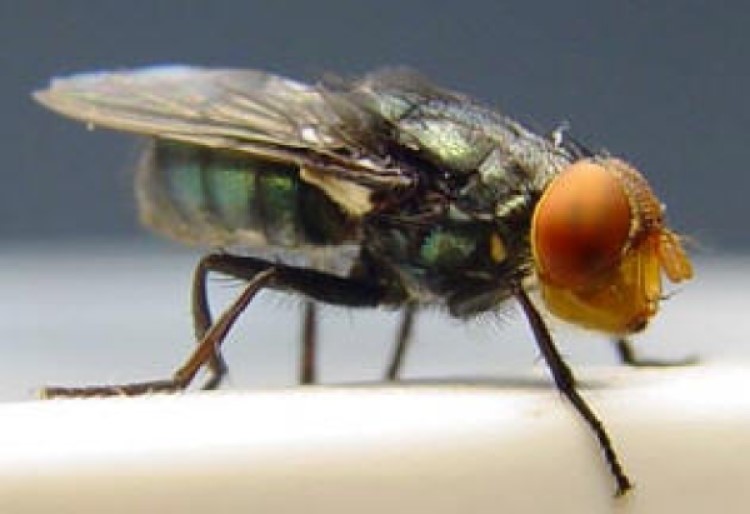
New World screwworm migrated to Southeast U.S.
In 1933, the New World Screwworm (NWS) was first documented as a significant problem in the Southeast following shipments of infested animals from the Southwest. By 1934, ranchers reported infestations in Mississippi, Alabama, North Carolina, South Carolina, Georgia, and Florida.
Inundated by calls for help from producers in the rapidly-expanding NWS affected areas, the U.S. Department of Agriculture (USDA) and the southeastern States engaged in the Screwworm Educational Program in 1935 to instruct producers on how to prevent livestock infestations.
Also, in 1933 Emory C. Cushing, an entomologist with USDA’s Bureau of Entomology and Plant Quarantine, and Walter S. Patton, a scientist at the University of Liverpool in England, published their discovery that the New World screwworm is a distinct species from the common blowfly. In 1936, USDA entomologists Cushing, E.W. Laake, and H.E. Parish outlined the differences between Cochliomyia americana and C. macellaria. One key difference is that the New World screwworm feeds on living, not dead, tissue.
Tags:
Source: U.S. Department of Agriculture
Credit:
